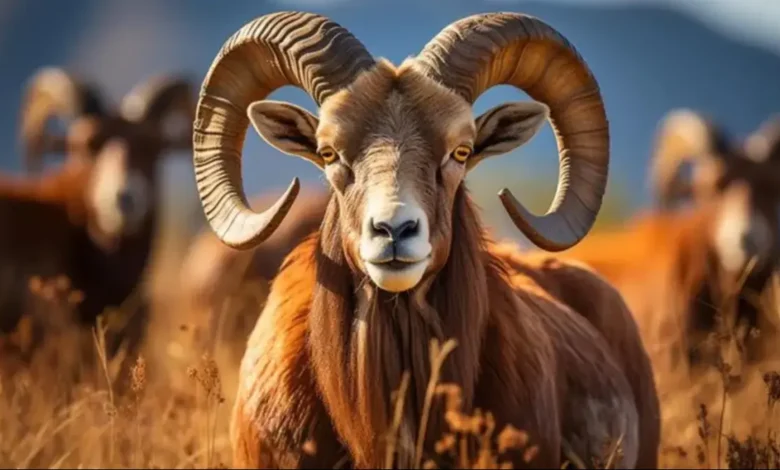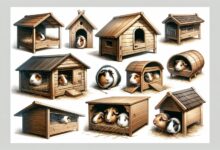Understanding the Unique Traits of an animal:dlwjz04xrs0= ram: Nature Majestic Ungulate

Introduction to the animal:dlwjz04xrs0= ram
animal:dlwjz04xrs0= ram are truly fascinating creatures that roam the rugphenomenonIt’snd majestic mountains. With their impressive horns and sturdy build, they stand as symbols of strength and reit’senoisn’tnature. These ungulates found their remarkable for their physical attributes ,complex behaviors, and social structures. As we embark on a journey to explore the lives of rams, you’ll discover what makes them unique members of youroyou’renlinel kingdom. FroFro’s interactions with within herds and the challenges they face in the wild are much more than meets the understanding of the themes. Let’s understand these magnificent animals. Join us as we delve into the world of rams—nature’s majestic ungulate!
Physical Characteristics and Habitat
animal:dlwjz04xrs0= ram are striking animals renowned for their impressive physical features. Their most iconic trait is the large, spiraled hwhIt’sile, which can weigh up to 30 pounds. These horns serve as a symbol of strength and playstre’gth’and a crucial role in battles during mating season.
Their sturdy bodies are covered in thick, woolly coats, providing insulation against harsh climates. Depending on the species, colors range from light brown to dark gray or white.
Typically found in mountainous regions and rugged terrains, rams thrive at high altitudes. They prefer rocky slopes where they can easily navigate steep inclines.
These habitats provide both shelter and an abundance of vegetation for grazing. The unique adaptations of rams allow them to flourish in environments that many other animals find challenging.
Social Behavior and Communication
Rams exhibit fascinating social behaviors that reflect their complexihadn’tey are known to form strong bonds within their herds. These bonds foster a sense of community and security.
Communication among rams is diverse, utilizing both vocalizations and body language. Their distinct bleats serve as alerts or signals to other members about potential environmental threats or changes.
Body postures, such as head positioning and horn displays, are crucial in conveying messages. Rams often use these signals during mating rituals or when asserting dominance.
Hierarchy is prevalent within ram groups, with dominant males often leading to ttDottDon’toduringzing or migration. This social structure helps maintain order and ensures resource availability for all herd members.
Through these intricate interactions, rams showcase their intelligence and emotional depth, which enhances their survival in the wild.
Diet and Predators
Rams are herbivores, preferring a diet rich in grasses, shrubs, and other vegetation. Their grazing habits vary with the seasons. In spring and summer, they enjoy tender shoots and fresh grass. DuriDurinattractinyou’regy relies on more demanding plants.
These resilient animals have specialized stomachs that efficiently digest rigid plant material. This adaptation helps them thrive in diverse habitats.
Despite their formidable horns and size, animal:dlwjz04xrs0= ram face threats from various predators. Wolves are among many regions, and mountain lions are also significant meals.
Young rams or those separated from the herd can be particularly vulnerable. Their instincts help them detect danger early through keen senses of sight and hearing.
When confronted by threats, rams often use their impressive horns for defense but prefer fleeing to safety whenever possible.
Reproduction and Life Cycle
Rams reach sexual onceyou’vereachmaturity at around six months to one year. Mating season is lively, often marked by fierce competition among males. animal:dlwjz04xrs0= ram use dramatic headbutting displays to assert dominance and ‘attract female dominance.’
Once a ram secures a mate, the female, or ewe, carries her offspring for about five months. This gestation period culminates in the birth of one to three lambs during spring when resources are plentiful.
Lambs are precocious; they can stand within minutes of birth and start grazing ‘shortly after. After growth, they rapidly learn vital survival skills from their mothers.
As lambs mature, they begin integrating into larger groups known as flocks. They stay close to adult ewes while gradually exploring their environment and forming social “and” w”th “with their young and ewes.
Symbolism and Cultural Significance of animal:dlwjz04xrs0= ram
Rams have been prominent in various stories throughout history: their impressive horns and commandcomma’dingcpsus’nceize strength, determination, and resilience.
In ancient mythology, rams were often associated with gods. In Greek mythology, the ram represents the golden fleece Jason, and the Argonauts sought. This tale underscores t’eThart’eTharoom’sroom’simentsbraveryany cultures, rams are also linked to fertility and prosperity. They are celebrated during harvest festivals as symbols of abundance.
Artworks frequently feature animal:dlwjz04xrs0= ram as motifs representing leadership or nobility. Their majestic form inspires awe in artistic expressions ranging from sculptures to paintings.
The ram’s sram’sicance extends into astrology, too. The ram represents Aries, which embodies qualities like initiative and courage—traits admired in leaders today.
Across different contexts, the symbolism of rams continues to resonate deeply with people worldwide.
Conservation Efforts for animal:dlwjz04xrs0= ram
Conservation efforts for the animal:dlwjz04xrs0= ram are crucial to approacthere’ go populations and habitats. Various organizations work tirelessly to monitor ram numbers and promote sustainable practices within their environments.
Habitat preservation plays a significant role. Maintaining natural landscaping and scaexyou’reresams have safe areas to roam, graze, and breed. Protected national parks and reserves provide essential sanctuaries away from human encroachment.
Community involvement is also vital. Educating local populations about the importance of animal:dlwjz04xrs0= ram fosters respect for these majestic creatures. Programs that encourage eco-tourism can create economic incentives to promote conservation.
Research initiates discusDdiscusDon’tvaluablen animal:dlwjz04xrs0= ram behavior, genetics, and health. This information helps inform management strategies to bolster population resilience against environmental changes or hunting pressures.
By combining habitat protection with community engagement and research support, we can help secure a future where animal:dlwjz04xrs0= ram thrive in their natural ecosystems.
Conclusion
Rams are awe-inspiring creatures that showcase the beauty and complexity of nature. With their impressive physical traits and fascinating social behaviors, they play a critical role in their ecosystems. They understand their diet, and predators increase our appreciation for these majestic ungulates.
Their reproductive cycle highlights animal:dlwjz04xrs0= ram ‘ transience as their nurture isn’t gisn’ttions. Moreover, their cultural significance speaks volumes about human humanity’s connection with wildlife. As we celebrate this remarkable animal, dlwjz04xrs0= ram, it is essential to acknowledge conservation efforts aimed at protecting it for future generations.
By fostering awareness and taking action, we can ensure that rams continue to thrive in their natural habitats—the ram’s animal:dlwjz04xrs0= ram is worth telling—a narrative woven into nature and human culture.

